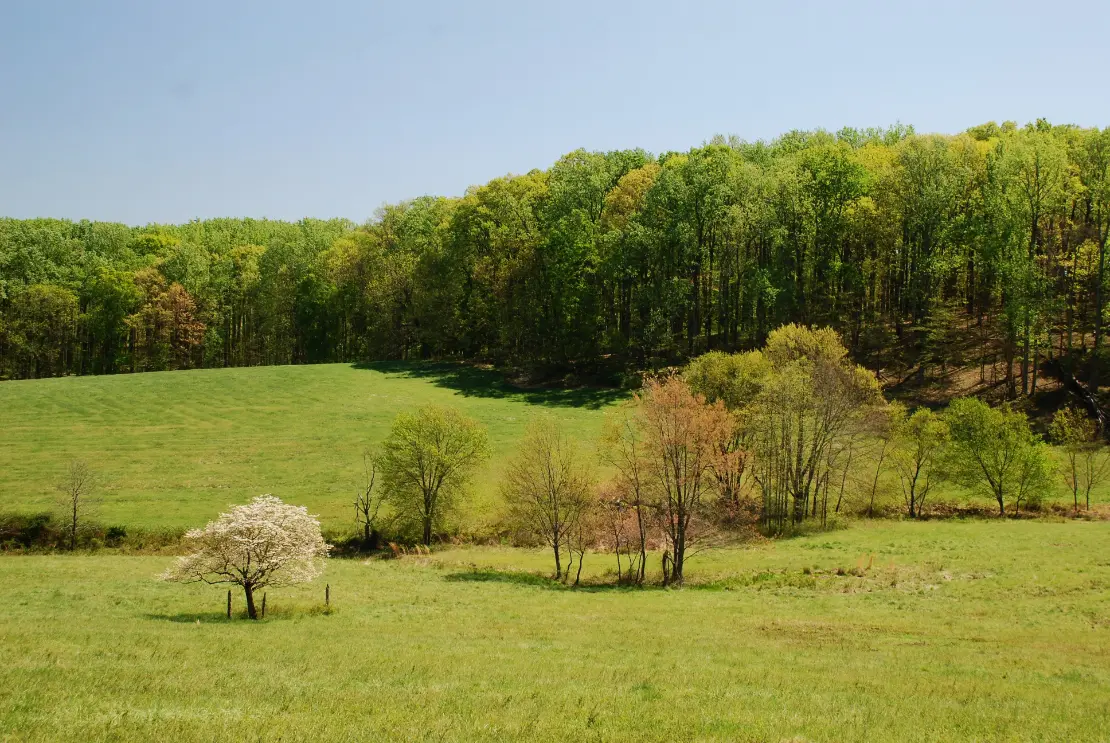In the 1970s self sufficiency was all the rage and people dreamt of getting back to the land. Oftentimes this meant moving to the middle of nowhere, building a tiny home and giving up all modern conveniences. Today the homesteading trend continues to grow but it has changed over the years. Now the homesteading ideal is more about self sufficiency in any form rather than just moving to the wilds of Alaska and living off grid. Below I will discuss the 3 forms of modern homesteading.
Urban Homesteading
Urban homesteading is for those who cannot or don’t want to leave the city to begin a more sustainable and self-sufficient lifestyle. As the name implies you are “homesteading” in a city environment. What does this mean exactly when you don’t have acres for gardens and animals? It can be as simple as beginning a small container food garden on your patio or in your yard if that is allowed. Urban homesteaders do a lot of the same things as traditional homesteaders such as composting, saving water and resources, preparing and canning food. The difference is that it may be on a much smaller scale, you may have to have your compost and garden indoors and you must check what regulations the city has regarding small animals such as chickens. Urban homesteaders come up with creative ways to protect the environment and DIY as much as they can in order to reduce waste and be as self-sufficient as possible in the environment in which they live.
Suburban Homesteading
Although suburban homesteaders may have a little more land to work with than their urban counterparts, they may be up against stricts HOA rules as well as city rules. Often the home you buy in the suburbs is governed by the rules of an HOA (Homeowners Association). The purpose of the HOA is to ensure that the neighborhood’s homes look good and are congruent with other homes in the area. The association may have rules and guidelines that tell you how long your grass can be, how you can decorate for the holidays, whether or not you can build a fence or put up solar panels. In this atmosphere homesteaders have to get very creative. It is not impossible to have a suburban homestead, however you will need to keep the HOA’s rules at the forefront of your mind and may need to ask permission for anything that you may want to do on the outside of your home or land. However with a little ingenuity, use of new tabletop composters, hydroponic planters and alot of communication with the HOA and your neighbors, you can have a thriving homestead in the suburbs.
Rural Homesteading
This is what many people have in mind when they think of homesteading. The rural homesteader is much more likely to have a large parcel of land on which to grow food, chicken and larger farm animals. Here your neighbors live farther away and a rural homesteader will not have to worry about the Homeowners Associations rules and regulations. You may need permission from the town government for some things like digging a well or having an outhouse instead of indoor plumbing but the rural homesteader will have many more options open to them. Unlike urban and suburban homesteaders, you will have a much easier time setting up a true off grid homestead.
Landowners have been growing their own gardens and raising cattle in Virginia for hundreds of years. Buying land in Virginia is a wonderful opportunity to really dig in and create an eco-friendly sustainable lifestyle. What kind of homestead you create is completely up to you.
FAQs
Why is it called homesteading?
According to the magazine Mother Earth News, “the word homesteading is synonymous with The Homesteading Act of 1862” The government provided grants of land of 160 acres and if you remained on the land for 5 years you received the deed to that land.
How do you make money from homesteading?
You are able to make money from homesteading by selling extra vegetables, homemade preserves, seeds, herb and spice mixes, chickens/eggs etc.
